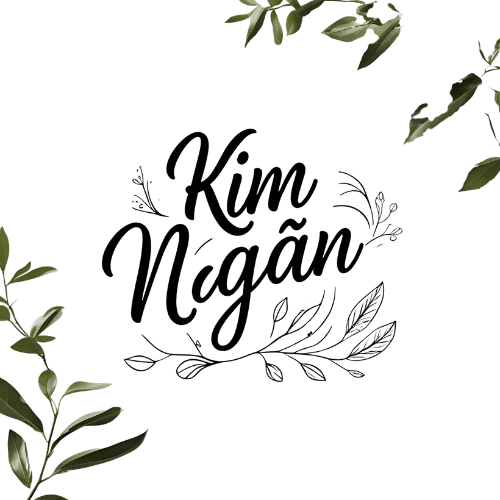Hands of Heritage – Exploring Korea Through Craft, Hanok, and Hanbok
Hands of Heritage – Exploring Korea Through Craft, Hanok, and Hanbok
Some places tell their story through monuments.
Korea tells hers through hands.
In the soft rhythm of a brushstroke on hanji paper, in the quiet stitching of silk along a hanbok’s sleeve, and in the earthy scent of clay turning on a potter’s wheel—Korea’s traditions live not in museums, but in motion.
For travelers drawn to culture that breathes, touches, and creates, Korea is an invitation to connect not just with its past, but with the people who keep it alive.
🎨 1. The Beauty of Things Made Slowly
In a fast-moving world, there’s something deeply moving about watching someone craft something by hand. In Korea, this is everywhere—if you know where to look.
From the woodworkers of Andong to the ceramicists in Icheon, the country is dotted with artisans who’ve spent decades perfecting their craft—not for profit, but for meaning.
These are not performances. These are living traditions.
🏡 2. Hanok – Architecture That Breathes with You
Staying in a hanok, a traditional Korean house, is more than a sleep—it’s a sensory experience.
Made from natural materials like clay, wood, and rice paper, hanok are designed with gi (energy flow) in mind. Sit on the warm ondol floor, listen to the wind rustle through paper doors, and you’ll begin to feel what Koreans call jeong—a deep, emotional connection.
Wandering through Bukchon Hanok Village in Seoul or Jeonju Hanok Village isn’t just sightseeing. It’s walking through memory, grace, and craftsmanship.
👘 3. Hanbok – Wearing a Piece of History
The moment you slip on a hanbok, you feel it: elegance without effort.
With flowing lines and vibrant colors, Korea’s traditional dress is both artistic and symbolic. Each color, pattern, and fabric choice tells a story—of family, status, or season.
In places like Gyeongbokgung Palace or Jeonju, visitors are encouraged to rent hanbok and walk among the historic grounds, becoming part of the living landscape.
And if you’re lucky enough to visit a hanbok atelier, you may see one being stitched by hand—slowly, lovingly, purposefully.
🖌️ 4. Paper, Ink, Clay – The Crafts That Endure
Korean traditional craft is a quiet rebellion against mass production. Here are just a few gems:
- Hanji: Durable handmade paper used for everything from books to lanterns. Try a hanji workshop in Wonju.
- Ottchil: Natural lacquerware, polished to a soft glow.
- Buncheong ceramics: Earthy and spontaneous, made with powdered clay and brushed glazes—look for it in Mungyeong.
- Calligraphy: The brushstroke is meditation in motion.
Many workshops welcome visitors to try, not just observe. And the joy? Taking home something made with your own hands.
🌿 5. Culture That Connects, Not Just Entertains
What sets Korea apart is the way it treats tradition—not as a show, but as relationship.
You’re not just watching a fan dance—you’re invited to feel the rhythm.
You’re not just viewing pottery—you’re encouraged to shape it.
You’re not just hearing a story—you’re becoming part of one.
In towns like Namsangol Hanok Village or Korea House, cultural experiences are curated with care, allowing travelers to touch history without breaking it.
🙏 Thank You for Reading
If you’re a traveler who seeks not just photos, but feelings—who values hands over headlines—then Korea’s cultural heart may be just the rhythm you’ve been longing for.
Here, tradition isn’t something you look at.
It’s something that looks back at you, and smiles.
—
✨ Ready to feel the heartbeat of Korea’s living heritage? Explore more mindful journeys, hidden ateliers, and cultural gems on the Kim Ngân blog.
